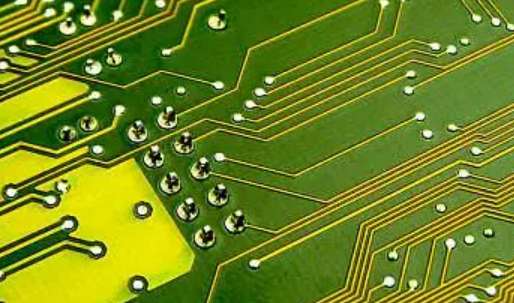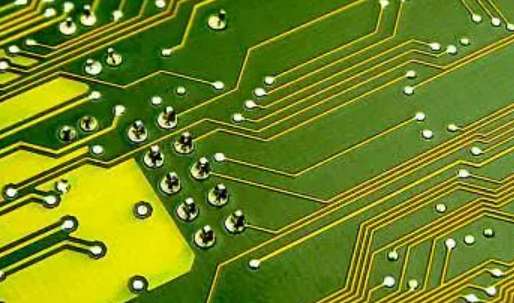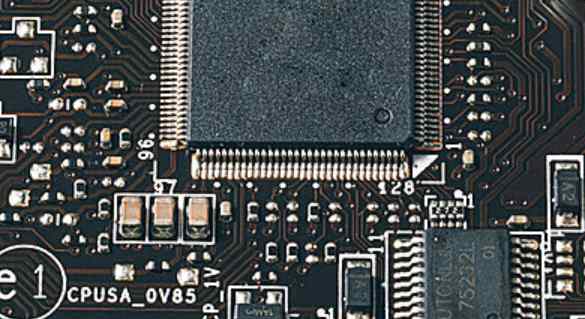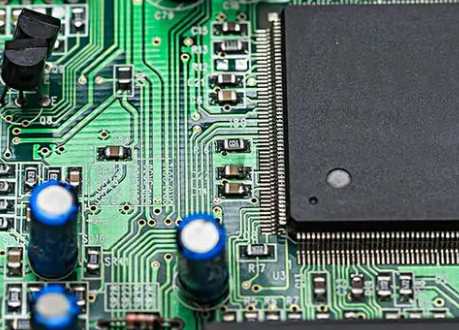
JPCA data show PCB production in Japan fell 1.0% on-year to 14.487 million sq m in 2018, the second decline in three years. Output grew 2.3 percent to 477.133 billion yen, the second consecutive year of growth and an acceleration from the 1.6 percent annual increase in 2017.
In 2018, the output of Japanese hardboard increased by 2.2% to 10.412 million square meters (the second consecutive year of growth), and the output increased by 5.8% to 319.107 billion yen (the second consecutive year of growth). Soft board production declined 11.1% to 3.204 million sq m (3rd consecutive year of contraction) and output declined 13.6% to 50.639 billion yen (3rd consecutive year of decline); Modular substrate production grew 4.3% to 872,000 sq m (up for the fourth year in a row) and output grew 0.9% to 107.384 billion yen (up for the second year in a row).
JPCA forecasts that the output value of PCB in Japan will maintain a growth rate of more than 2% in the next two years: in 2019, the output value of PCB industry in Japan will be 1337.65 billion yen, a year-on-year growth of 2.3; In 2020, the output value of PCB in Japan was 1,359.03 billion yen, an increase of 2.1% year-on-year.
Production schedule and future forecast of PCB manufacturing industry in Japan
Over the past two decades, the global PCB industry has been shifting to Taiwan and mainland China, with the combined output of these two regions increasing from 19% in 2000 to 65% in 2017 (the output of foreign factories in China is also counted in the overall output of mainland China). The share of output value of mainland manufacturers has also increased from less than 5% in 2000 to more than 20% in 2017.
JPCA forecasts that the output value of Japanese PCB enterprises will maintain a growth rate of more than 5% in the next two years. Japan's domestic growth rate is relatively low. The output value of Japanese PCB enterprises in Japan in 2019 was 654.59 billion yen, up 3.1% year on year. The output value in 2020 was 668.63 billion yen, up 2.8 percent year on year.
On the other hand, Japanese PCB companies maintained a high growth rate in overseas investment companies. In 2019, the output value of Japanese PCB enterprises overseas was 1,059.61 billion yen, up 7.1% year on year; Its output value in 2020 was 121.917 billion yen, up 6.9% year on year.
Forecast of domestic and overseas production progress of Japanese PCB enterprises (Japan)
* As for the definition and scope of Japanese-invested companies overseas, the target is not only affiliated companies but also companies that can exercise management regardless of their investment ratio.

According to Prismark statistics, in 2017, the global PCB industry shifted to the Chinese mainland and Taiwan, and the output value of PCB in Japan declined. Global softboard (FPC) giant NOK CORP announced on March 11, due to a decline in sales of softboards for smartphones and profitability, Accordingly, Nippon Mektron, its electronic parts affiliate, will set aside a loss of 14.4 billion yen this year (from April 2018 to March 2019) on fixed assets (plant and production equipment) held by the company.
According to the 2017 global ranking, the top five PCB companies in Japan include: NOK, Sumitomo, Fujikura, Ibiden and Meiko. However, according to Prismark's latest list of the world's top four PCB suppliers in 2018, except Qisheng maintained the second place in the world, the others all had varying degrees of decline.
Pacific Securities believes that the main problems of Japanese PCB companies are franchise, growth, profitability and poor governance structure. There are many defects in PCB business exclusivity of TOP Japanese manufacturers:
1.PCB business is not the absolute main business. The income of the second largest business is similar to that of PCB business, but the profitability of the second largest business is far higher than that of PCB business of Qisheng and Yifei Electric. The chances are that it will gradually shift to the more profitable second largest business.
2.PCB business is only a branch business with a relatively low proportion of revenue and operating profit (Sumitomo Electrical Engineering), or there is a big gap between its revenue and profit ratio and that of the largest business (Fujiura).PCB business may gradually fade out in the future.
3. The proportion of PCB business capital expenditure in total capital expenditure far exceeds (Tencang) or obviously exceeds (Yifei Electric) the proportion of PCB business income in total income. The return on the invested capital is not high. Considering the cost performance ratio, it is expected to reduce the investment in the future and invest the capital in other businesses with higher return.
The capital expenditure amount and depreciation pressure of TOP PCB companies in Japan are much greater than those in China. Japanese companies have traditionally been technology-oriented and obsessed with technology, so they invest aggressively in fixed assets, usually without regard to cost performance; The equipment price required for high-end PCB products is relatively high, and the price abroad is also higher than that in China.
In addition, due to historical reasons, the shareholding structure of many Japanese companies is too dispersed, the shareholders' meeting is mere formality, and the lack of limited supervision mechanism and insider control brings many shortcomings. The corporate governance structure of TOP PCB companies in Japan has historical problems. Most of the equity is controlled by banks and trust shareholders or occupies a large proportion, which is not conducive to stand out in the competition of PCB market in the future.







